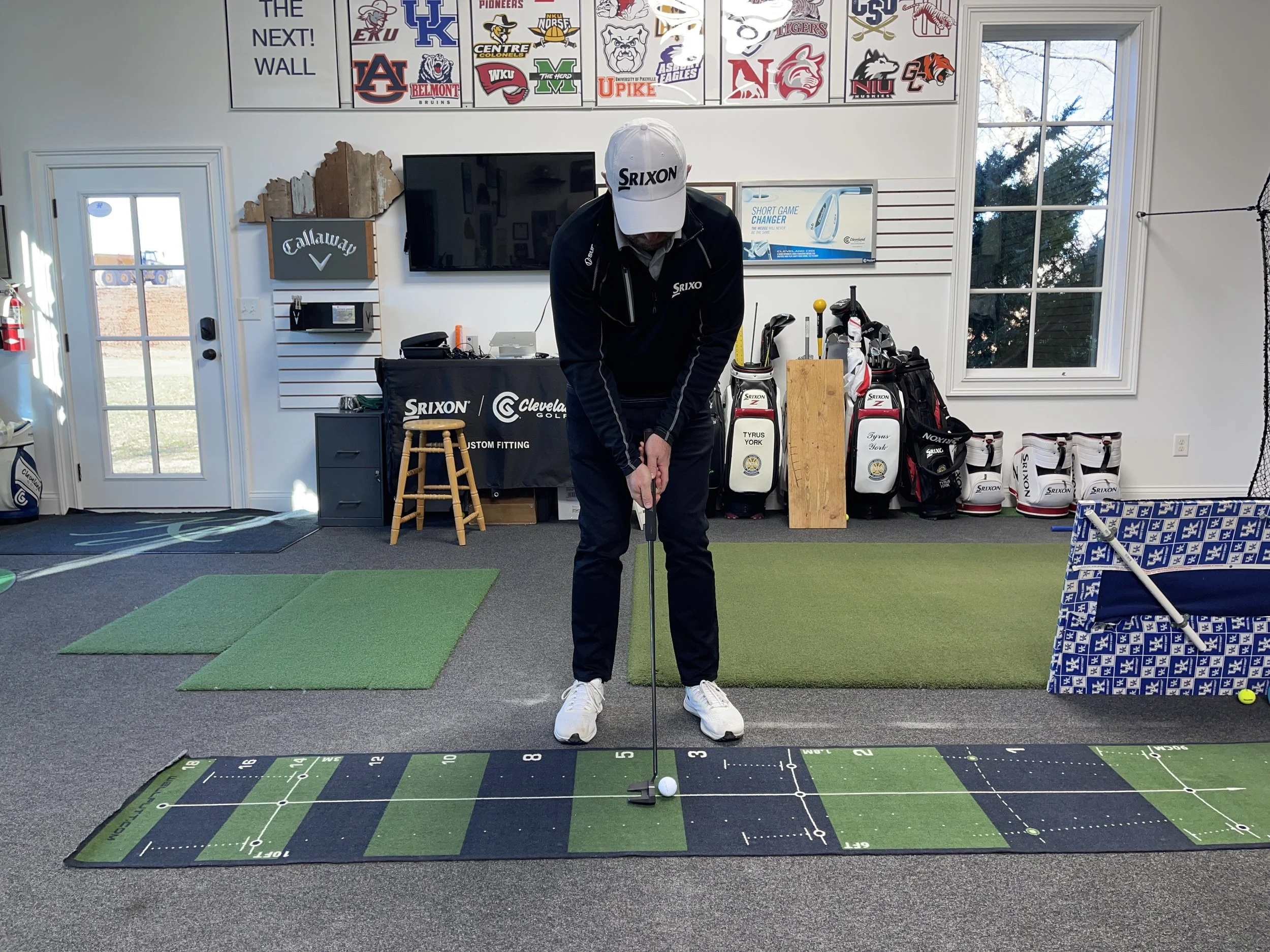Hitting fairway metals from the fairway can be difficult. Here are some tips to help you take advantage of your fairway metals on long approaches:
· Have the right equipment. Most players automatically put a 3 wood in the bag as their next logical choice of club following a driver. However not every player generates enough club head speed to launch a 3 wood high enough for it to go any further than your next club. Using launch monitor technology like Trackman you can see what your carry distance is relative to the next club in the bag. A 4 or 5 wood may turn out to be the optimum club to follow the driver.
· Choose your target wisely. Pin seeking with a fairway metal isn’t always a good idea, especially if the pin is guarded by bunkers, rough or water hazards. Choose a target line that will allow the ball to roll out after hitting the ground and will keep you out of trouble if the ball lands a little short of your intended destination.
· Stick the finish. When the ball is on the ground versus a tee, our subconscious may tell us to “lift” the ball in the air, resulting in topped shots that stay on the ground. These swings also result in finishes that hang back, or end with more weight on the back foot instead of the front. Be sure to contact the ground and finish with your weight on the front foot, allowing the loft of the club to do its job and get the ball in the air.





















